Pea pests and diseases: Complete guide with photos
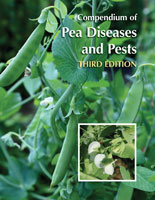
Hello to all agrohuerters! In the previous article we saw how to grow peas in our orchards but we left one issue pending…, identify the main pests and diseases of the pea ! So that will be today’s task. To do this, we will help ourselves with different photos, some tips and you will see how easy it is for us.
I remind you that plague and disease are not the same. When we talk about our plants having a pest, we mean that a group of arthropods (mites, insects, crustaceans,…), nematodes or other types of animals are causing damage to our crops. However, when we use the term disease, we refer to the fact that it is fungi, bacteria or viruses that are affecting our plants.
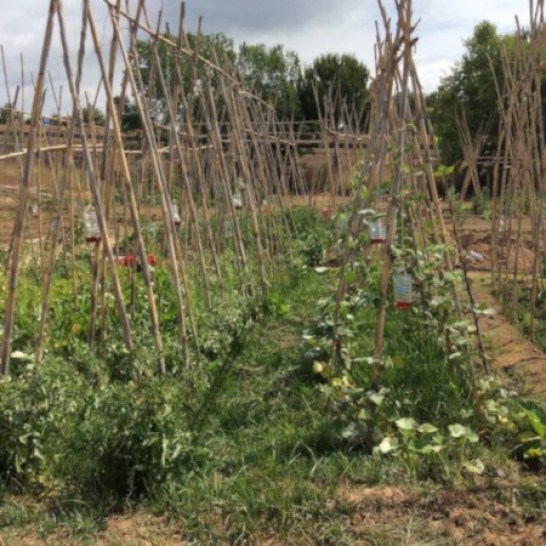
1. Pea pests and diseases: most important pests
Pea moth (Laspeyresia nigricana)
It is a dark-colored moth that lays its eggs on flowering peas. From these eggs, caterpillars are born that feed on the grains of the pods.
Control: Neem oil for the moth and bacillus thuringiensis for the caterpillar.
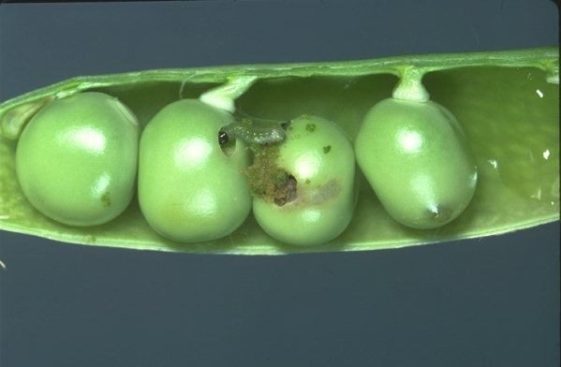
Pea brown bugs: sitonia
The sitona is a kind of beetle that mainly affects grain legumes (fava beans, lentils, kidney beans, peas,…). After reproducing, they lay their eggs on the ground and from there the small larvae feed on the roots.
To detect its presence we must look at the edge of the leaves as they are dedicated to gnawing it on a very regular basis. These damages result in growth retardation. The larvae, on the other hand, do not cause significant damage to the roots.
Control: early planting of the pea to prevent the beetle and the pea from coinciding in time.
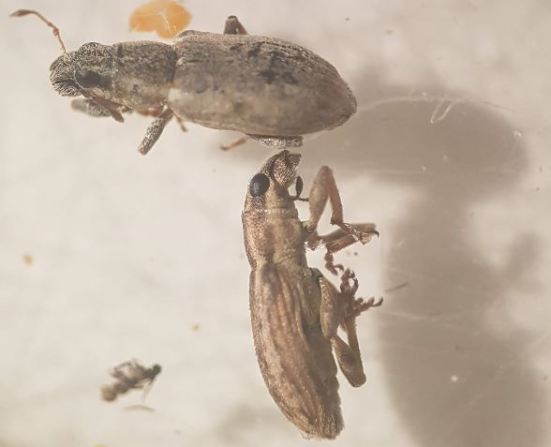
Pea thrips (Kakothrips robustus)
Silvery or brownish markings may be seen on plants that are affected by this insect. Adult thrips are black and nymphs, on the other hand, are pale yellow. This species is very harmful especially in hot and dry summers.
Control: Surveillance and chromatic traps.
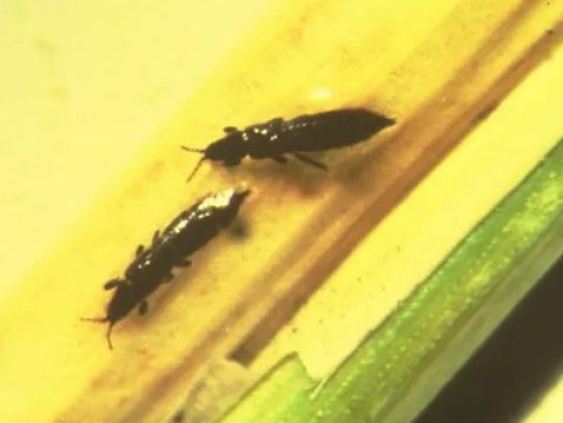
Aphids on pea plant (Acyrthosiphon pisum Harris)
Aphids, as we have seen in previous articles, belong to the aphid family. Peas do not get rid of them. They are small in size (1-3 mm long) and attack the young shoots of crops with a high sugar content.
Adults feed by sucking sap from leaves, buds, and young shoots using the stylet of their mouthparts. In addition, they excrete a sticky, sugary liquid called honeydew that attracts ants. They favor the appearance of a fungus known as bold and are also disease vectors.
Birds and rodents that eat peas
Peas are not exempt from being attacked by some species of birds and rodents. To control this type of pest, deterrence techniques such as firecrackers are usually used. Firecrackers are usually effective but the birds are able to memorize the frequency of the explosions and, then, they will stop being so. Scarecrows, protective mesh or rodent traps are also often used.
2. Common Pea Diseases
Pea white spots: powdery mildew (Erysiphe poligoni)
It appears in the form of white spots and gradually transforms into a grayish-white powder. Thanks to that white powder, it is one of the easiest mushrooms to spot. It normally develops on the upper surface of the leaves, although it can also spread along the stem or the fruits.
Their presence hinders photosynthesis. If we do not control it well, the leaves turn yellow and can dry out. Humidity and warm temperatures favor its spread.
Control: The most used ecological methods are based on preparations of horsetail or garlic.
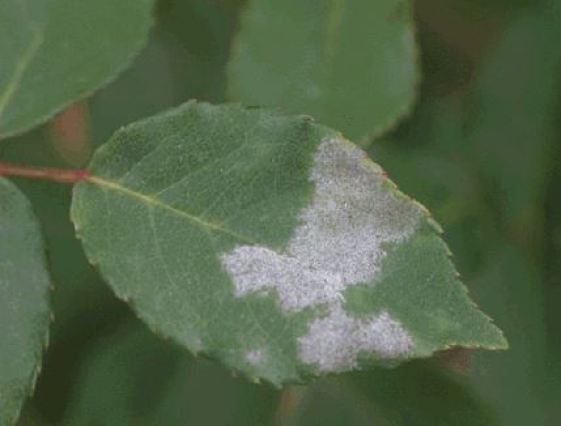
Pea rabies or anthracnose (Ascochyta pisi)
Anthracnose is a fungus that mainly attacks pods, leaflets and stems. The disease begins with the appearance of numerous round spots (approximately 5mm) that are yellow in color with dark edges. As time goes by, they spread out and join each other until they occupy a large area.
The worst thing about this disease is that it spreads deep and can even cause damage to peas if the pod is affected. It usually appears when temperatures and humidity are high. And it can even cause the death of our plants.
Some prevention methods:
- Good soil drainage.
- Crop rotation.
- Clean crops of weeds.
- Red thyme application.
References
- Landon F, Levieux J, Rougon D, Taupin P (1997).Influence of the immediate environment on the dispersal of Sitona lineatus L. (Col., Curc.) during crop colonisation, Agriculture, Ecosystems & Environment, 64(3), 261-266.
- Roldán-Serrato, K., Escalante-Estrada, J., Rodríguez-González, M. (2018).Automatic pest detection on bean and potato crops by applying neural classifiers. Engineering in Agriculture, Environment and Food. 11(4), 245-255.
- Braun, U. (1980).Morphological Studies in the Genus Oidium. Flora. 170(1–2), 77-90.
This is all for today, I hope you have become a little more familiar with pea pests and diseases and see you in the next article.
Have a nice day!

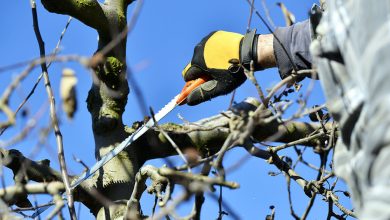
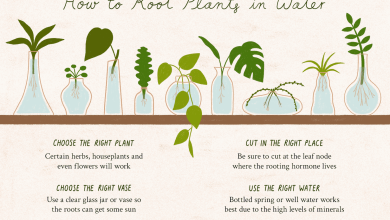

![Photo of El Singonio: [Characteristics, Planting, Care, Substrate and Irrigation]](https://www.complete-gardening.com/wp-content/uploads/2022/08/el-singonio-characteristics-planting-care-substrate-and-irrigation-390x220.jpg)